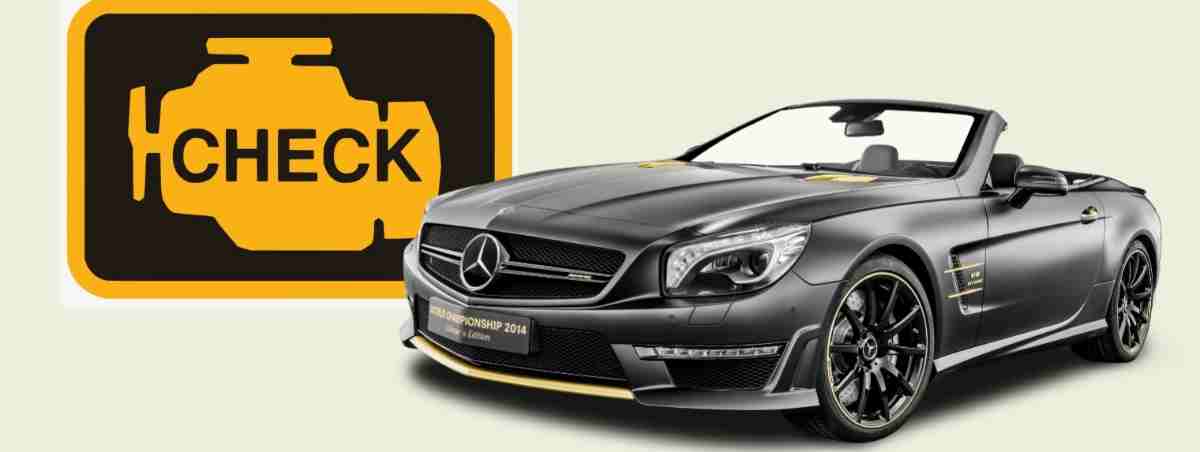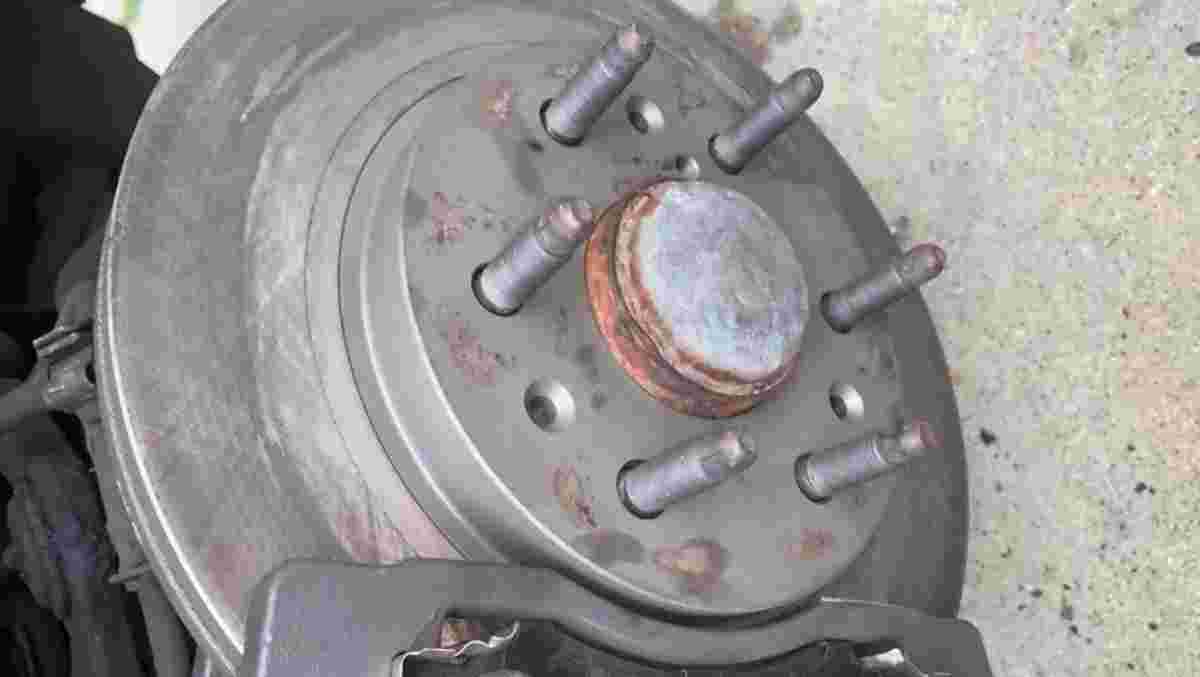The longer you own your car, the more likely it is that you will encounter electrical issues such as tail lights not working but brake lights are. The brake light and tail light are essential for road safety. If any of these does not work, it might lead to an accident, especially if you’re driving at night, at dusk, or in terrible weather like rain or snow.
If your tail lights are not working but brake lights are, the possibilities include bad light bulbs, blown fuses, failed wiring or control switches, bad bulb sockets, and a bad ambient daylight sensor.
Tail lights not working but brake lights are [causes and fix]
The most common reason tail lights won’t work but brake lights are is the wrong type of light bulb. It could also be the result of a blown fuse, faulty wiring, or bad sockets or plugs. A bad control light switch is another possibility. While they are not the only possibilities, they are the most popular. Below is a more in-depth look at the most common reasons for tail lights not working but brake lights are.
1. Bad or wrong bulbs
Brake lights normally use a dual filament bulb, and only one of those filaments can fail. When this happens, one side of the bulb, such as the brake light, will operate but not the tail light.
In addition, several manufacturers make use of separate bulbs for taillights and brake lights. If the tail light bulb burns out, it should be replaced.
Lastly, if you just changed the bulbs, the problem might be that you’re using the wrong sort of bulb. Some individuals believe that if it fits, it is the right bulb. That is not correct.
Check the part number on the old bulbs and compare it to the replacement bulbs if you still have them.
If you’ve already replaced the old bulbs, use your owner’s manual or Google to identify the suitable bulb for your car. Remember that the brand doesn’t matter, but the component numbers must be interchangeable if you’re switching brands.
2. Faulty control switch
A bad control switch is another reason for the vehicle’s tail lights not working but brake lights are. This switch normally activates the headlights, taillights, and parking lights. However, there will be no indication if the switch is malfunctioning, making it difficult to turn on the tail lights.
To find out whether this is the case, remove it from the dashboard and use a multimeter to confirm if it has gone bad.
If you’re not used to doing this, you can always show it to someone who has more expertise or give it to a professional to ensure everything runs very smoothly.
3. Blown fuses
While you may have a few burned-out bulbs, your car may have a blown tail light fuse when the tail lights not working but brake lights are.
To verify, just find your vehicle’s fuse box and use a test light or a multimeter to check the fuse.
If you don’t have either, simply take out the tail light fuse and inspect it. If you can’t determine whether it’s burned out, replace it with a fuse of the same amperage. Let us assume the problem moves, then the fuse is the culprit.
When replacing a fuse, always use the appropriate amperage fuse. It may be tempting to increase the amperage to guarantee that it does not blow again, but doing so might lead to worse problems if the fuse does not safeguard the system as it should.
4. Bad ambient daylight sensor
When it is dark outside, modern cars feature automated parking lights. This implies that if there is daylight, they will automatically turn off. If faulty, that’s the reason for tail lights not working but brake lights are.
This varies by region, but have you checked to verify that it is not too bright outside for your tail light to turn on?
Nevertheless, it can also be caused by a bad ambient light sensor, which tells the car when to turn on the taillights. This sensor is frequently found in the front windshield. Yet, it is unusual for it to go bad.
5. Damaged or corroded sockets or plugs
If the bulb and fuse are in good shape, check the socket before taking the bulb out. A defective socket can occasionally cause the tail light to not work.
Everything inside your car will be exposed to these elements if the tail lights are not securely sealed.
While this can result in a variety of issues, the most vulnerable region is the socket itself. These sockets can get rusted and corroded when exposed to the elements, resulting in different electrical issues.
Before you change a light bulb, check the socket to make sure it is in good shape. If the socket is corroded, use a wire brush and WD-40 to clean it. If the damage is significant, then you should replace the socket.
Check for white, blue, or brown discoloration, as well as twisted or broken sutures. It’s also a good idea to use a multimeter to check the current in the outlet. If there is no current reaching the pin, then there is a fault somewhere in the wire.
6. Wiring problems or bad grounds
Each bulb has its own power supply, thus the wiring for the two lamps is distinct. Broken or damaged wiring does not affect tail lights, but it does affect brake lights, which is the explanation for tail lights not working but brake lights are.
If no current enters the socket and the fuse has been thoroughly tested, there is most likely damage or a break somewhere along the line.
Damaged wires, crossed wires, and severe corrosion are all typical issues, particularly in older vehicles.
When your tail light does not work but your brake light works, you should inspect your wiring. In this situation, you must get a wiring schematic and visually inspect the tail light circuit for damaged wires or insulation. It is also necessary to examine the wiring diagram.
It will teach you how your car’s lighting system works and how to make modest modifications.
Make sure the body grounding of this circuit is correct. Ground wires that are dirty, loose, or damaged can also prevent power from reaching outlets.
How much does it cost to fix a tail light?
The cost to fix a tail light can vary depending on the make and model of the vehicle and the severity of the damage.
If the tail light only needs a bulb replacement, it can cost anywhere from $20 to $100 for the bulb and labor. If the entire tail light assembly needs to be replaced, the cost can range from $50 to $200 or more, depending on the type of vehicle and the complexity of the assembly.
However, if there is additional damage to the vehicle’s body or electrical system, the cost to fix the tail light can increase significantly. It’s best to consult a mechanic or auto body shop to get a more accurate estimate of the cost to fix your specific vehicle.
FAQs
Are tail lights and brake lights the same?
Tail lights and brake lights are not the same; they have different light bulbs and actuation methods. Brake lights are triggered by pressing the brake pedal, while tail lights are engaged automatically or via the headlight switch.
What would cause tail lights not to work?
The most prevalent cause of tail light failure is fluctuating voltage. If both stop operating at the same time, the most likely cause is a blown fuse.
Conclusion
When you own a car, you should try to maintain it regularly. This check will assist you in ensuring that everything is in working order.
In general, locating electrical faults can be difficult and annoying. Fortunately, tail light bulbs often operate on their own independent circuits, so the problem of “tail lights not working but brake lights are” can be mapped out with relative ease.
Read also: LED brake won’t work

![Car Turns Off While Driving but Turns Back On [Quick Fixes] Car Turns Off While Driving but Turns Back On [Quick Fixes]](https://sanedriver.org/wp-content/uploads/2022/04/PicsArt_04-09-12.08.57.jpg)
